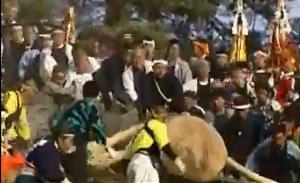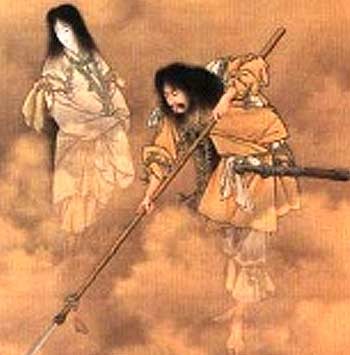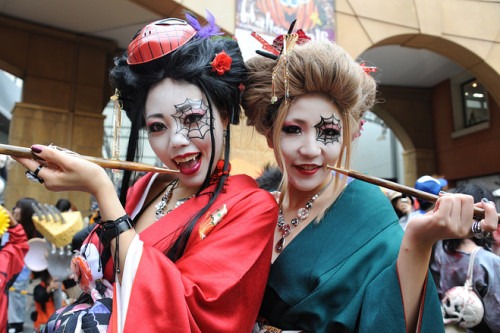 Japanese harvest and fertility festivals look very odd to our Western eyes. Grounded in Shinto and stretching as far back as 1,500 years ago, these festivals help ensure a good harvest and promote human fertility. What makes the festival odd for us Westerners are the centerpieces: giant wooden penises and vulvas. So I guess you can say the pictures make this post not safe for work.
Japanese harvest and fertility festivals look very odd to our Western eyes. Grounded in Shinto and stretching as far back as 1,500 years ago, these festivals help ensure a good harvest and promote human fertility. What makes the festival odd for us Westerners are the centerpieces: giant wooden penises and vulvas. So I guess you can say the pictures make this post not safe for work.
The Honen Matsuri is a festival where a giant 620 pound wooden phallus is carried from Shinmei Sha shrine or Kumano-sha Shrine to Tagata Jinja. Sake is free and in large supply. You can also buy penis shaped food, candy, and souvenirs. Shinto priests are also available to provide prayers and blessings on the people, penis, and palanquin that transports the phallus. The wooden phallus is so heavy that it takes multiple teams to lug the thing.
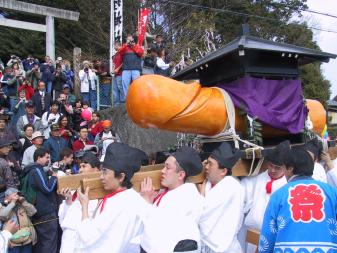
The vagina or vulva festival is held in a similar way. At Hime-no-miya, kids are dressed up, parents pray for healthy babies, and of course sake is free flowing. Like Honen Matsuri, a giant wooden vulva is muscled along a parade route to a shrine. It sometimes takes as many as 40 men to move the thing. It leads a column of smaller vulva litters. Both wooden genitalia are carved anew each year using traditional methods by a master craftsman. Both the tree and the craftsman are purified in Shinto rituals.
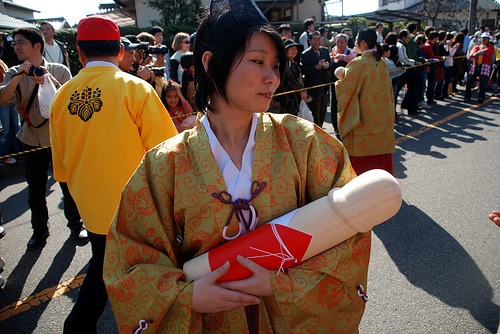
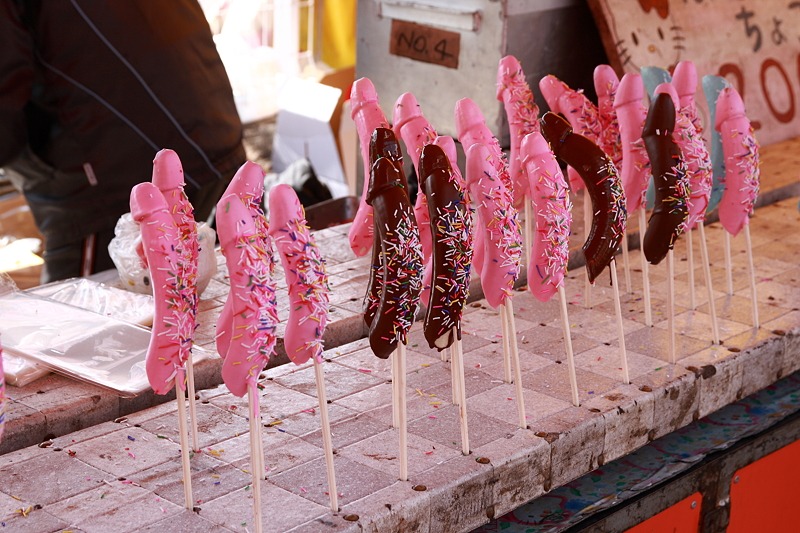
I have to note that neither the phallus or vulva are idols that are worshiped. They represent the power of nature to provide fertility and regeneration. The festivals draw back to our ancient roots before science intervened and revealed the mysteries of plant and human fertility. While the festivals are odd and even uncomfortable for us Westerners, they are mostly an opportunity for people to relax and have fun with food and sake in plenty. The unusual aspects of the festivals are also the selling point. They are quite popular with tourists.

